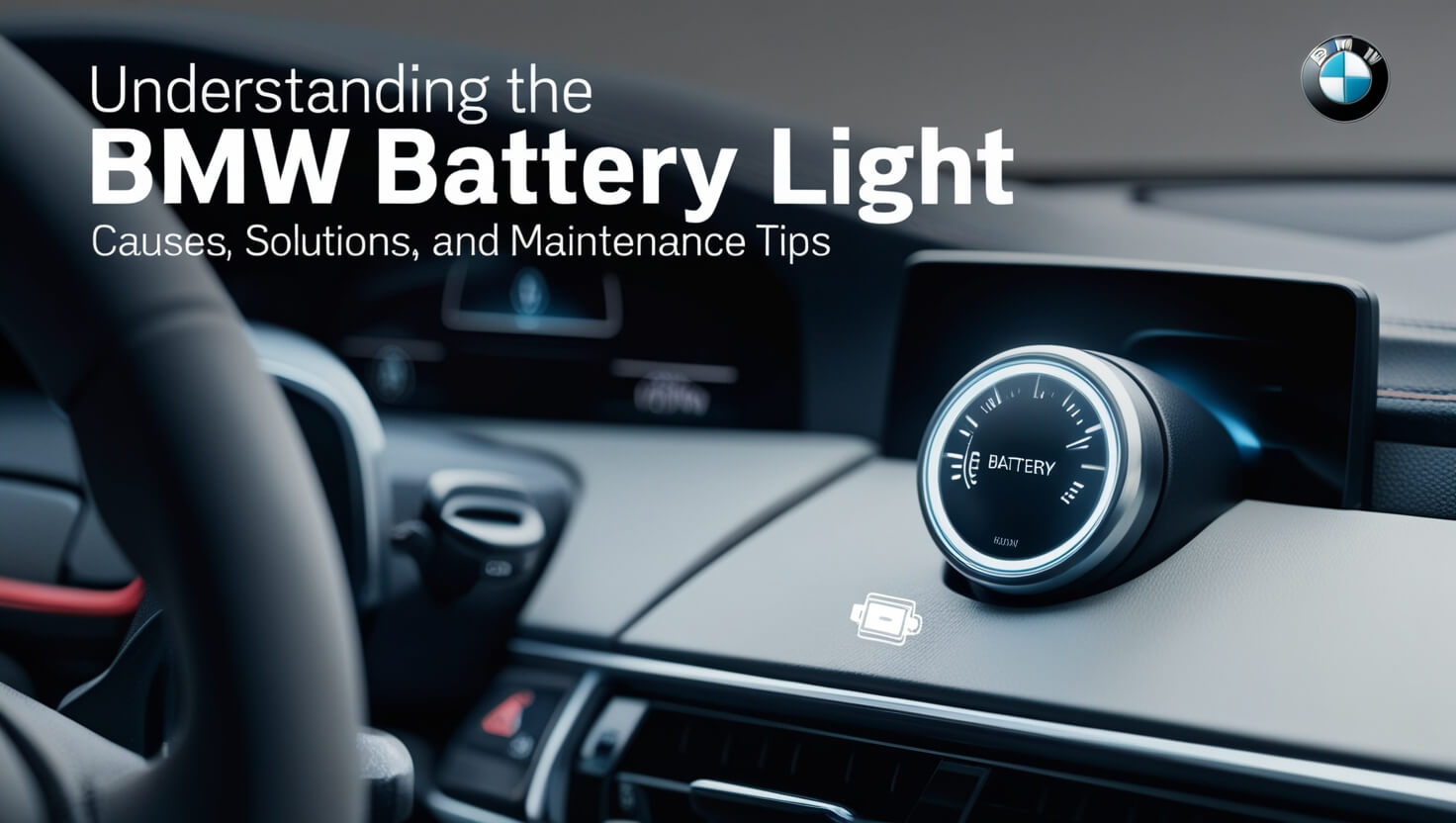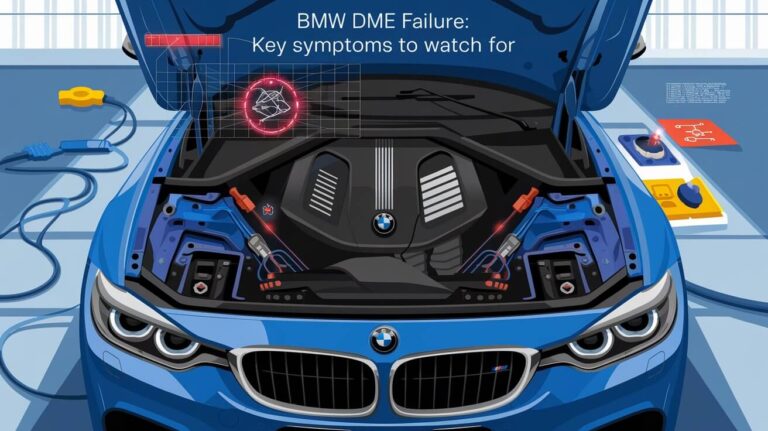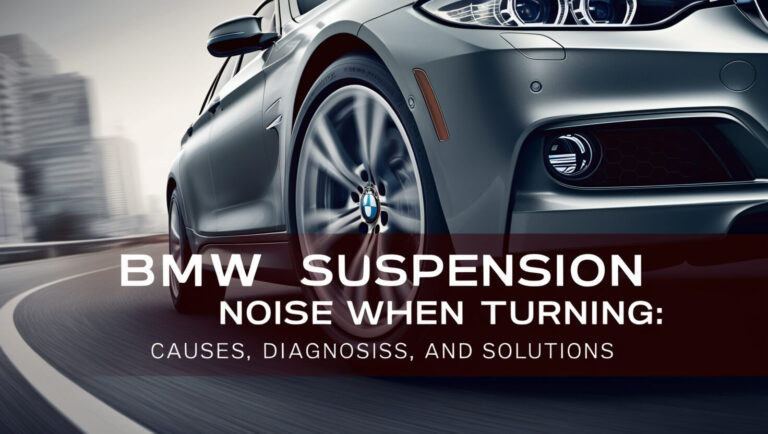
When you’re cruising down the highway in your BMW, the last thing you want to see is a warning light pop up on your dashboard. One of the most common culprits? The BMW battery light. This small but important indicator can signal various issues with your vehicle’s electrical system, from a dying battery to alternator problems.
In this comprehensive guide, we’ll explore everything you need to know about the BMW battery light. We’ll cover what it means, why it might come on, how to diagnose the problem, and what steps you can take to fix it. Plus, we’ll share some handy tips to help you prevent battery issues in the future.
So, whether you’re a seasoned BMW owner or new to the brand, buckle up and let’s dive into the world of BMW battery lights!
What Does the BMW Battery Light Mean?
That little battery-shaped icon on your dashboard isn’t just there for decoration. When it lights up, it’s your car’s way of saying, “Hey, we might have an electrical problem here!”
Decoding the Battery Warning Symbol
The BMW battery light typically looks like a rectangle with two protruding terminals – basically, a simplified battery shape. When this light comes on while you’re driving, it’s usually indicating one of two things:
- Your battery isn’t charging properly
- There’s an issue with your car’s charging system
It’s important to note that this light doesn’t necessarily mean your battery is dead. Instead, it’s alerting you to a potential problem that could lead to a dead battery if not addressed.
Different Types of BMW Battery Warnings
BMWs are known for their sophisticated electronics, and that extends to their warning systems. Depending on your model, you might encounter different types of battery warnings:
- Steady yellow light: This usually indicates a minor issue that needs attention soon.
- Flashing yellow light: This suggests a more urgent problem that requires immediate attention.
- Red light: If you see a red battery light, it’s time to pull over and shut off the engine as soon as it’s safe to do so.
Some newer BMW models might also display text messages along with the light, giving you more specific information about the problem.
Common Causes of a BMW Battery Light Coming On
Now that we know what the light means, let’s look at why it might be lighting up your dashboard like a Christmas tree.
Aging or Faulty Battery
Just like us, car batteries don’t last forever. Most BMW batteries have a lifespan of about 3-5 years, depending on usage and environmental factors. As they age, they lose their ability to hold a charge, which can trigger the battery light.
Signs of an aging battery include:
- Slow engine crank
- Dimming headlights
- Electrical systems functioning poorly
Alternator Issues
Your alternator is like a mini power plant for your car, recharging the battery while you drive. If it’s not working properly, your battery won’t get charged, and eventually, the battery light will come on.
Common alternator problems include:
- Worn brushes
- Failed bearings
- Broken voltage regulator
Loose or Corroded Connections
Sometimes, the problem isn’t with the battery or alternator, but with the connections between them. Loose or corroded battery terminals can prevent proper charging and trigger the battery light.
Faulty Voltage Regulator
The voltage regulator ensures your alternator produces the right amount of power. If it fails, your electrical system could receive too much or too little voltage, causing the battery light to illuminate.
Damaged Serpentine Belt
This belt drives multiple components in your engine, including the alternator. If it’s loose, worn, or broken, the alternator won’t function properly, leading to battery issues.
Diagnosing BMW Battery Light Problems
When that pesky light comes on, don’t panic! There are several ways to figure out what’s going on under the hood.
Using the Secret Menu to Check Battery Voltage
Many BMWs have a hidden diagnostic menu that can give you valuable information about your car’s systems. Here’s how to access it:
- Press and hold the trip odometer reset button
- Turn the key to position II (don’t start the engine)
- Keep holding the button until “TEST” appears
- Release the button and press it again to cycle through the menu
Look for the battery voltage reading. A healthy battery should show around 12.6 volts when the engine is off, and 13.7-14.7 volts when running.
Professional Diagnostic Tools and Their Importance
While the secret menu is handy, nothing beats a professional diagnostic tool for accuracy. These tools can read error codes from your car’s computer, pinpointing the exact issue.
Some popular diagnostic tools for BMWs include:
- BMW-specific scanners like the BMW ICOM
- OBD-II scanners with BMW software
- BMW’s own ISTA diagnostic system
DIY Battery and Alternator Tests
If you’re handy with a multimeter, you can perform some basic tests yourself:
Battery Test:
- Set your multimeter to 20V DC
- Touch the red probe to the positive terminal and the black to the negative
- A reading below 12.4 volts indicates a weak battery
Alternator Test:
- Start the engine
- Set the multimeter to 20V DC
- Test the battery again
- The reading should be between 13.7 and 14.7 volts
Remember, these tests are just a starting point. For a definitive diagnosis, it’s always best to consult a professional.
How to Address BMW Battery Light Issues
Once you’ve identified the problem, it’s time to fix it. Let’s look at some common solutions.
Replacing the Battery: DIY vs. Professional Service
Replacing a BMW battery isn’t as straightforward as it is in some other cars. Many BMWs require battery registration – a process that tells the car’s computer a new battery has been installed.
DIY Battery Replacement:
- Disconnect the negative terminal first, then the positive
- Remove any hold-down clamps
- Replace the old battery with a new one of the same type and size
- Reconnect the positive terminal first, then the negative
- Register the new battery using a compatible diagnostic tool
Professional Service: While more expensive, professional service ensures:
- Correct battery selection
- Proper installation
- Battery registration
- Disposal of the old battery
Alternator Replacement and Repair
Alternator issues often require professional attention due to their complexity. However, if you’re experienced with car repairs, here’s a basic overview:
- Disconnect the battery
- Remove the serpentine belt
- Disconnect the alternator wiring
- Remove the alternator mounting bolts
- Install the new alternator
- Reconnect everything in reverse order
Cleaning and Tightening Connections
This is a simple fix you can often do yourself:
- Disconnect the battery
- Clean the terminals with a wire brush
- Apply a thin layer of dielectric grease
- Reconnect and tighten the terminals
Voltage Regulator Replacement
In many BMWs, the voltage regulator is part of the alternator. If it’s separate in your model:
- Locate the voltage regulator (usually near the alternator)
- Disconnect the wiring harness
- Remove the mounting screws
- Install the new regulator
- Reconnect the wiring
Serpentine Belt Replacement
A worn or damaged serpentine belt can cause alternator issues. Here’s how to replace it:
- Locate the tensioner pulley
- Release the tension and remove the old belt
- Install the new belt, following the routing diagram
- Re-tension the belt
Preventing BMW Battery Light Problems
An ounce of prevention is worth a pound of cure, especially when it comes to car maintenance.
Regular Battery Maintenance Tips
- Keep the battery clean and dry
- Check for corrosion regularly and clean if necessary
- Ensure the battery is securely mounted
- Test the battery’s charge level every few months
Proper Charging Practices
- Avoid deep discharges – don’t let your battery drain completely
- If your BMW sits for long periods, use a trickle charger
- After jump-starting, let the car run for at least 20 minutes to recharge
Avoiding Excessive Electrical Load
- Turn off lights and accessories when the engine isn’t running
- Limit the use of high-draw accessories when idling
- Consider upgrading to a higher capacity battery if you use a lot of electrical accessories
The Importance of Timely Action When the BMW Battery Light Appears
When that battery light comes on, it’s not just a suggestion – it’s a call to action.
Potential Risks of Ignoring the Warning
Ignoring the battery light can lead to:
- Sudden loss of power while driving
- Damage to other electrical components
- Being stranded with a dead battery
- Expensive repairs if the problem escalates
When to Seek Immediate Professional Help
Seek professional help immediately if:
- The battery light comes on and stays on while driving
- You notice other electrical issues (dim lights, malfunctioning accessories)
- Your car is having trouble starting
- You’ve tried basic troubleshooting and the problem persists
Understanding BMW’s Battery Management System
BMWs are known for their advanced technology, and their battery management system is no exception.
The Role of Battery Registration
Battery registration is a process where the car’s computer is informed that a new battery has been installed. This allows the system to:
- Adjust charging parameters for the new battery
- Monitor battery health more accurately
- Extend the life of the new battery
How the System Affects Battery Life and Performance
BMW’s battery management system:
- Regulates charging based on battery condition and driving patterns
- Manages power distribution to various systems
- Provides early warnings of potential battery issues
This system helps maximize battery life and ensures optimal performance of your BMW’s electrical systems.
Frequently Asked Questions About BMW Battery Lights
Let’s address some common questions BMW owners often have about battery lights.
Can I Drive with the Battery Light On?
While you can drive for a short distance with the battery light on, it’s not recommended. Your car is running on battery power alone, which will eventually run out. Drive to the nearest safe location and seek help.
How Long Does a BMW Battery Typically Last?
BMW batteries typically last 3-5 years, but this can vary based on:
- Driving habits
- Climate
- Battery type
- Vehicle model
Will a New Battery Fix All Battery Light Issues?
Not necessarily. While a weak battery is a common cause of battery light issues, it’s not the only one. Always diagnose the problem before replacing parts.
Conclusion: Keeping Your BMW’s Electrical System in Top Shape
Your BMW’s electrical system is complex and interconnected. The battery light is just one part of this system, but it’s an important indicator of your car’s overall electrical health.
By understanding what the BMW battery light means, knowing how to diagnose problems, and taking prompt action when issues arise, you can keep your BMW running smoothly and avoid costly repairs down the road.
Remember, regular maintenance is key. Keep an eye on your battery’s condition, stay alert for warning signs, and don’t hesitate to seek professional help when needed. With proper care, your BMW will continue to provide the ultimate driving experience for years to come.
Happy driving, and may your dashboard remain warning-light-free!






